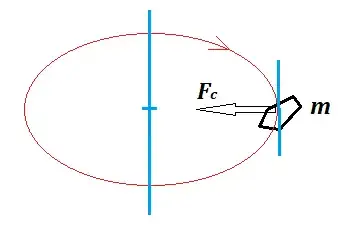The answer to your first question is no, any rotation about a non-principal axis will result in the axis of rotation changing. To see why, lets go into the body frame of the object, where with no torques the angular momentum follows the equation
$$\mathbf{\dot{L}}+\boldsymbol{ \omega} \times \mathbf{L=0}$$
Where $\mathbf{L}$ is the angular momentum of the system and $\boldsymbol{ \omega}$ is the axis of rotation. Now, $\mathbf{L}=I\boldsymbol{ \omega}$, where $I$ is the moment of inertia tensor. By definition, a principal axis is an eigenvector of the moment of intertia, so if $\boldsymbol{ \omega}$ is not along a principal axis, $\mathbf{L}$ can't be pointing in the same direction as $\boldsymbol{ \omega}$. In our body frame of reference, $\dot{I}=0$. Differentiating our previous expression for $\mathbf{L}$ and combining with our first equation, we have
$$I\boldsymbol{\dot{\omega}}+\boldsymbol{ \omega} \times \mathbf{L=0}$$
Now, a stationary axis of roation requires that within the body frame of reference, $\boldsymbol{\dot{\omega}=0}$. But from our equation above, this leaves us with the requirement that $\boldsymbol{ \omega} \times \mathbf{L=0}$. The cross product of two non-zero vectors is only zero if they are parallel, which we already ruled out by virtue of choosing a non-principal axis of rotation. Thus, it is impossible to have steady rotation about a non-principal axis.
As to your second question, the Earth's axis does indeed change over time, although this is mainly because of torques exerted on the Earth due to gravitational interactions. The Earth is close enough to being spherical that every axis is very nearly a principal one, so the precession of the axis caused by obliquity of the Earth is rather negligible.
